AO Edited
Edstone Aqueduct
The longest canal aqueduct in England was built without a plan to get water past the moving boats.
Built in 1816 to carry the Stratford-upon-Avon Canal, the Edstone Aqueduct is the longest canal aqueduct in England (although there are longer ones in both Scotland and Wales and a number of higher ones too). It is 475 feet long and 33 feet high at its highest point. The engineer was William Whitmore.
It crosses a minor road, a stream, a live railway line (formerly the Birmingham, North Warwickshire and Stratford Railway) and a disused railway line (the former Alcester railway later taken into the Great Western Railway). Both railways lines post date the aqueduct by many years and took advantage of the existing structure.
The canal is carried in iron troughs supported on brick pillars. The troughs were constructed by bolting together 14-foot by five-foot flanged cast iron plates. It is possible to walk across the aqueduct on the towpath which has parapet alongside it (and is at the level of the base of the trough) but if on a boat there is no parapet on the canal side and the water comes very close to the top of the trough. The trough is too narrow to allow boats to pass without building up a bow wave in front and for horse drawn boats this created a distinct barrier to the passage across the viaduct. Later cast iron viaduct designs benefited from the experience of this example.
There are two more similar, but shorter, iron trough type aqueducts on this four-mile stretch of the canal. The Great Western Railway owned the aqueduct for a time and they fitted a pipe to the trough to allow water to be withdrawn to fill up steam locomotives below.






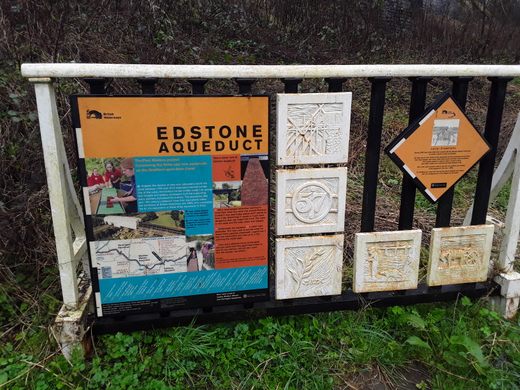

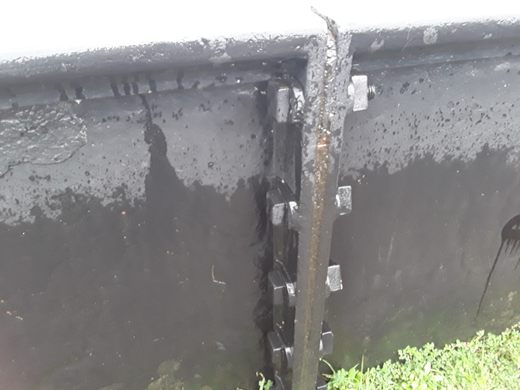
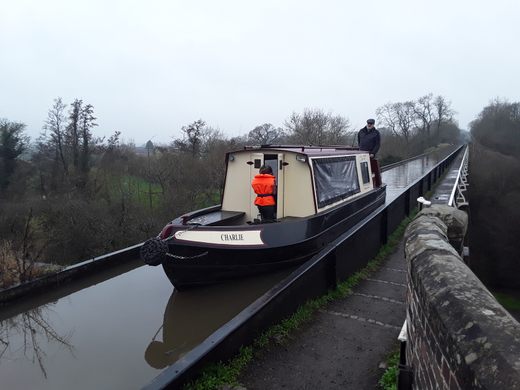









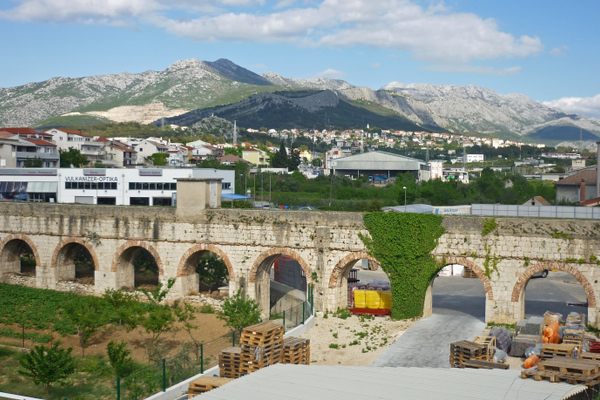


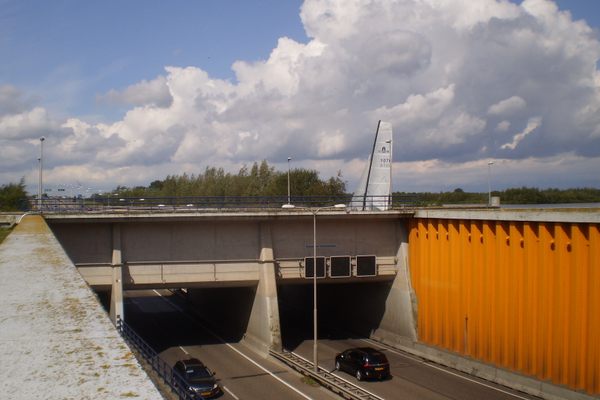

Follow us on Twitter to get the latest on the world's hidden wonders.
Like us on Facebook to get the latest on the world's hidden wonders.
Follow us on Twitter Like us on Facebook